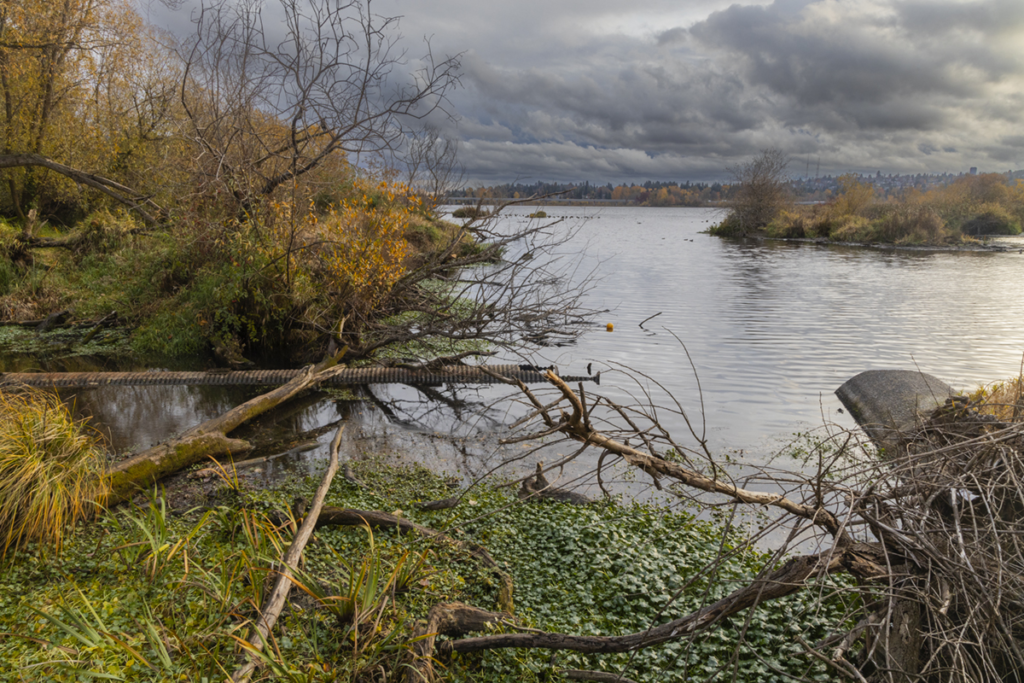EarthTalk®
From the Editors of E – The Environmental Magazine
Dear EarthTalk: What are so-called “green corridors” in cities and how do they help mitigate climate change? — Peter Q, Boston, MA

Green corridors, or ecological corridors, are strips of vegetation and natural landscape dispersed throughout a city. From simple, street-lined rows of trees to interconnected networks of parks and pathways, these developments provide a flexible, natural solution for the climate effects of urbanization.
One of the most pressing environmental hazards cities face today is the urban heat island effect. Large buildings, expansive roads and other man-made infrastructures absorb more heat than surrounding rural areas, leading to significantly higher temperature levels. When combined with global warming, these uncomfortable living conditions can be very detrimental for urban residents. Local air quality also deteriorates from industrial and transportation pollution. With an expected 68 percent of world population in cities by 2050, according to the U.N., the health situation in urban environments will only grow worse.
Green corridors offer a promising start to mitigating these urban issues, allowing cities to naturally lower temperatures through evapotranspiration, a plant process that releases water vapor to cool the surrounding air. Increased vegetation will also allow more hazardous particulate matter (PM2.5) and carbon dioxide (CO2) to be absorbed, reducing greenhouse gas concentration and improving air quality.
Columbia’s second-largest city, Medellín, launched a green corridor initiative in 2016. Since then, environmental planners there added rows of vegetation along the most polluted avenues, maximizing the amount of CO2 intake from their $16.8 million investment. Maurício Correa, a researcher studying environmental engineering at a Colombian University, found that the 8,800 trees planted became effective “green barriers” against particulate matter and reduced average city temperature by two degrees Celsius.
Fighting climate change isn’t the only thing green corridors can do. Historically, wildlife has rarely been welcomed into urban life, experiencing drastic changes in the ecosystem. However, nature-based infrastructure can promote biodiversity and provide animal species with a safe habitat. Green corridors are indeed multi-purpose and flexible. To maximize the limited space in busy cities, green corridors can function as recreational centers, city facilities and much more—all while mitigating climate change.
Green corridors can be an effective solution for any city anywhere. In New York, the Manhattan Waterfront Greenway consists of almost 32 miles of bike path lined with various plant species. Urban “Nature Ways” in Singapore mimic the natural rainforests by incorporating trees with canopies stretching across the roads
CONTACTS: How Medellin is beating the heat with green corridors, bbc.com/future/article/20230922-how-medellin-is-beating-the-heat-with-green-corridors.
EarthTalk® is produced by Roddy Scheer & Doug Moss for the 501(c)3 nonprofit EarthTalk. See more at https://emagazine.com. To donate, visit https://earthtalk.org. Send questions to: question@earthtalk.org.
Viewers are encouraged to subscribe and join the conversation for more insightful commentary and to support progressive messages. Together, we can populate the internet with progressive messages that represent the true aspirations of most Americans.